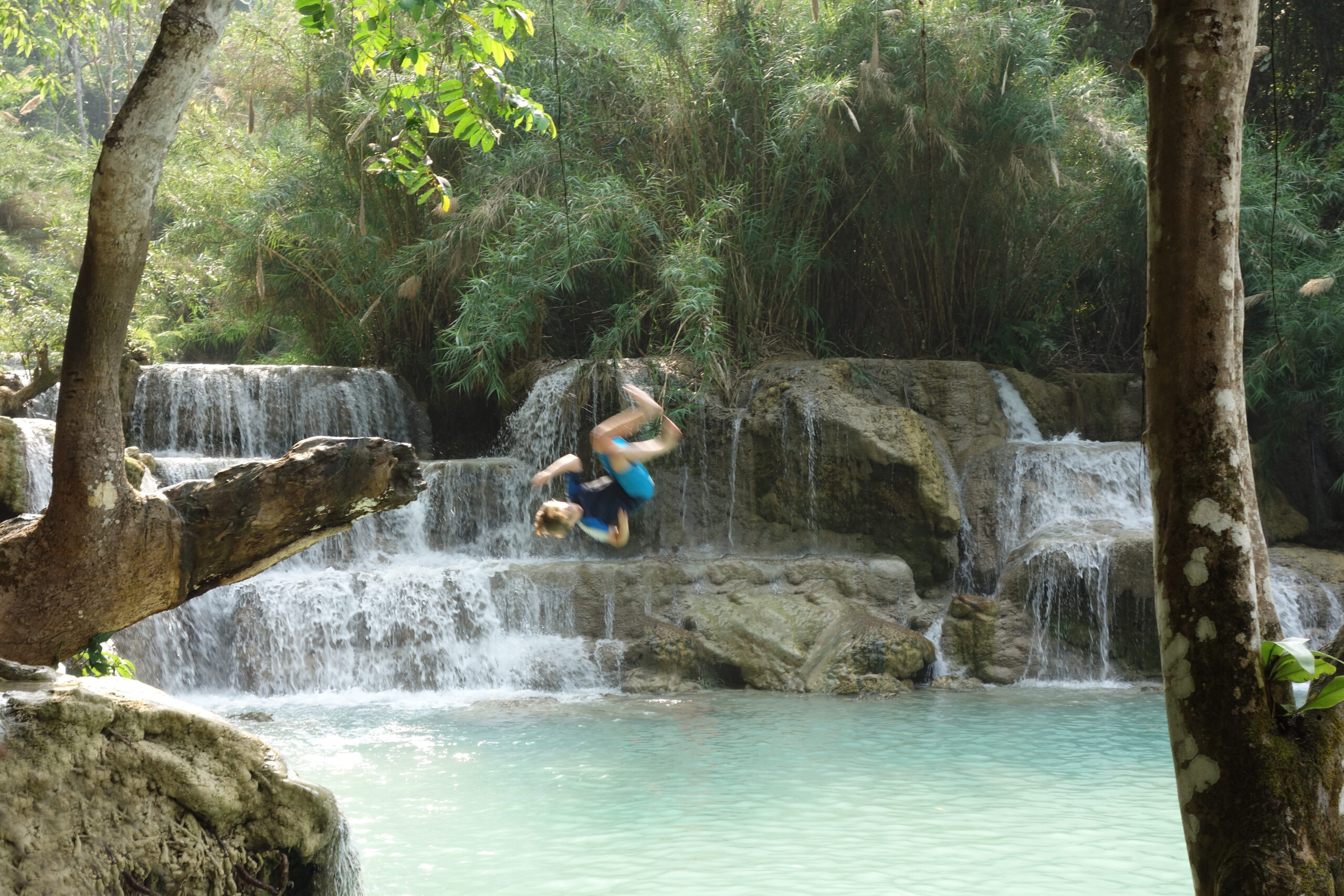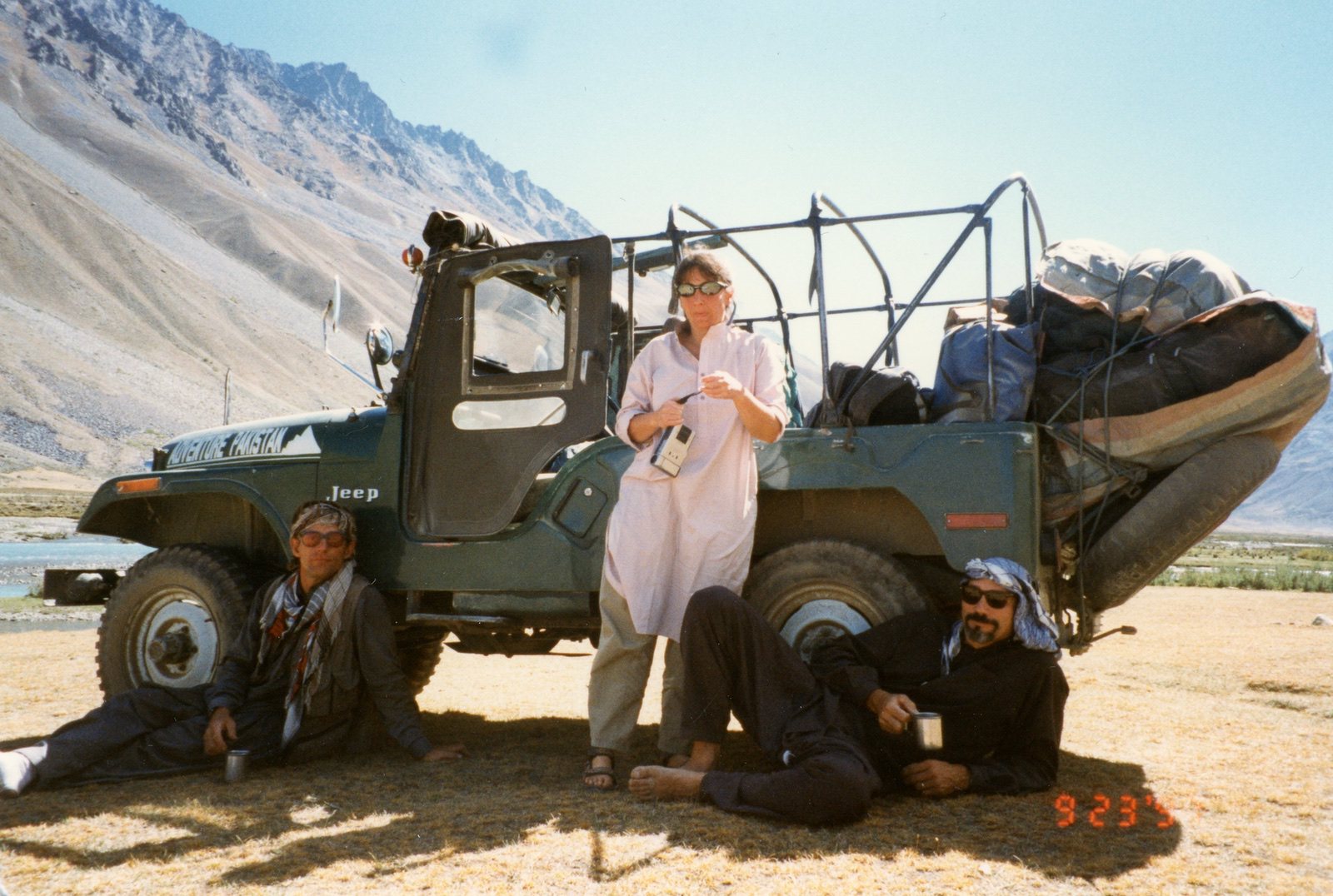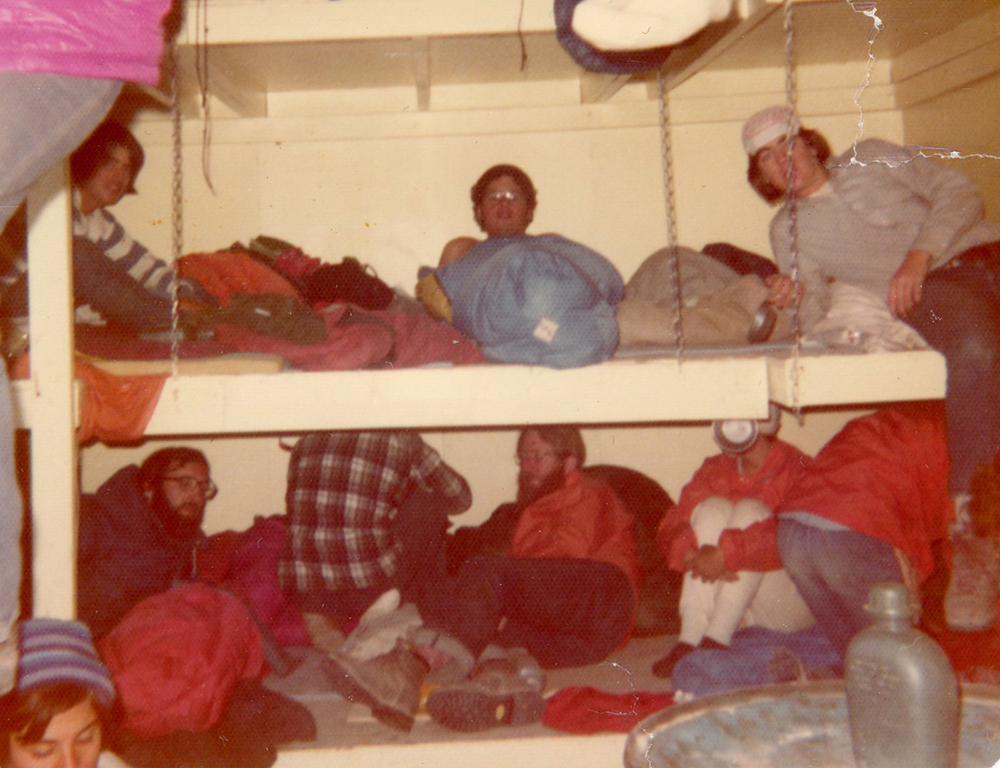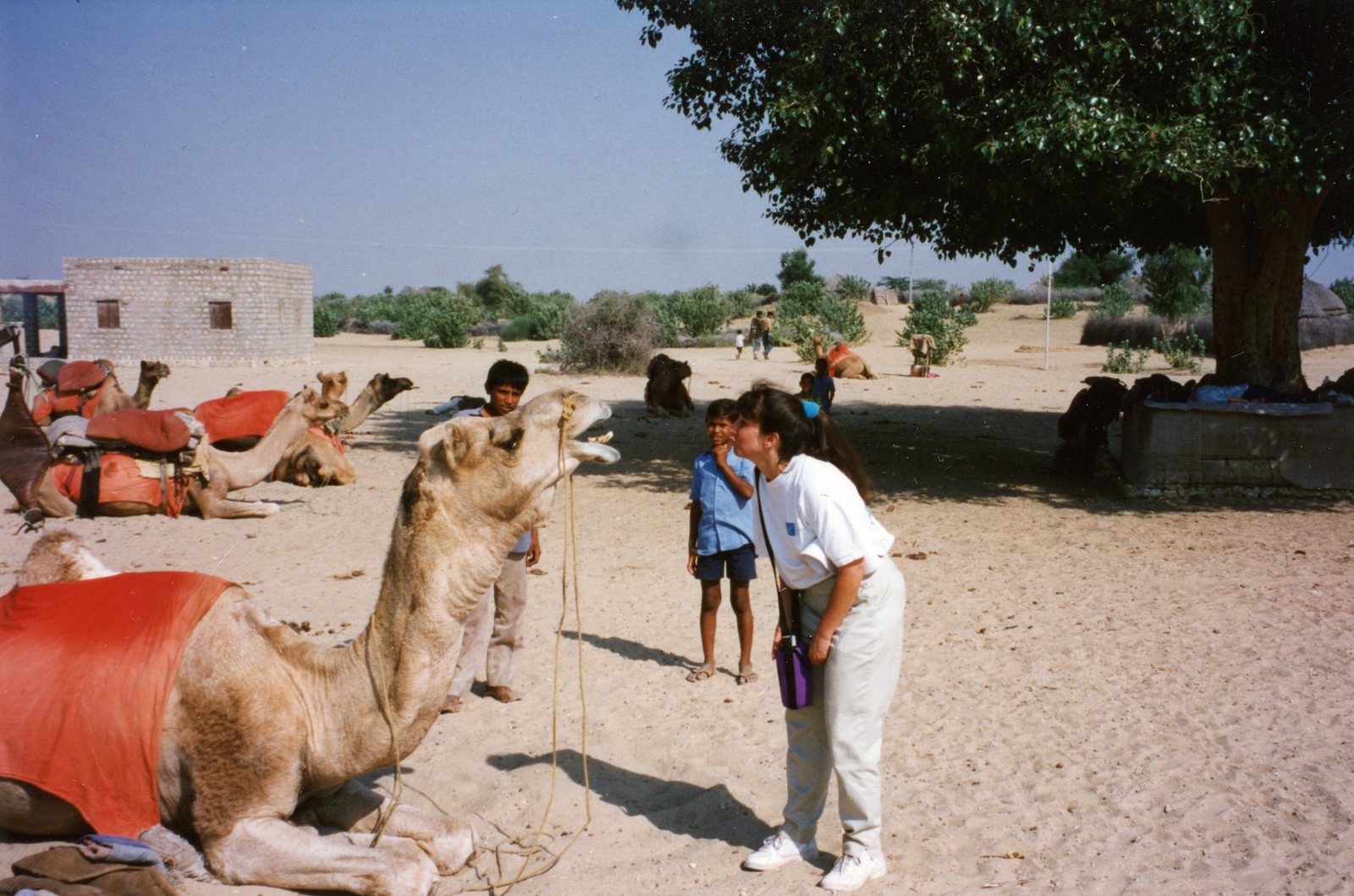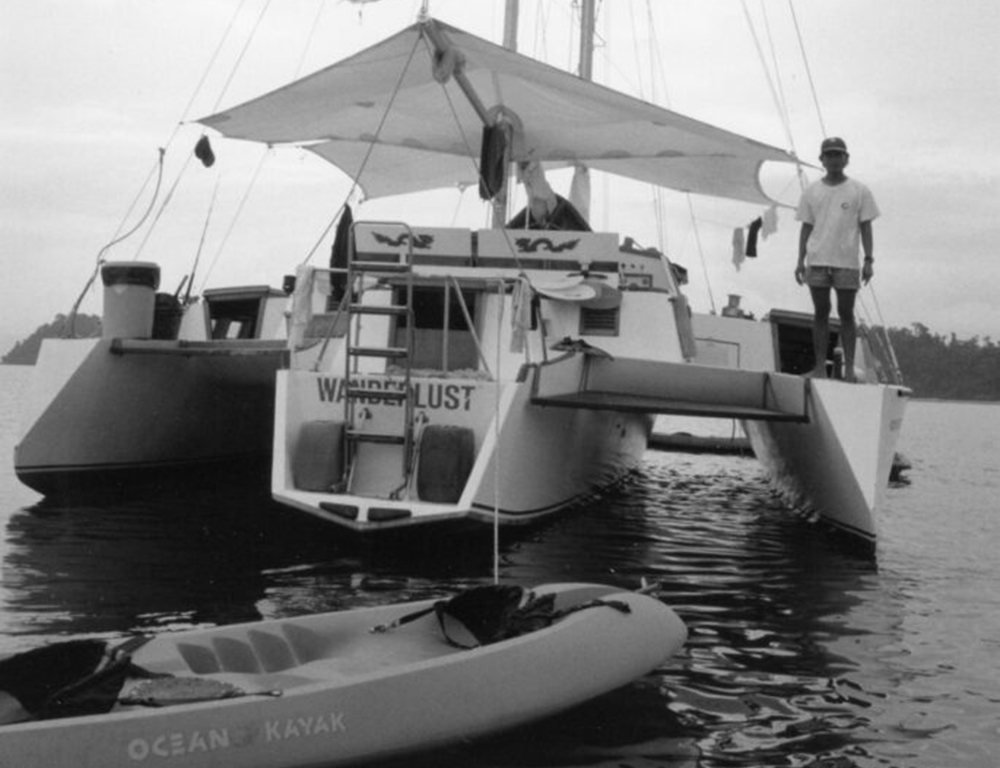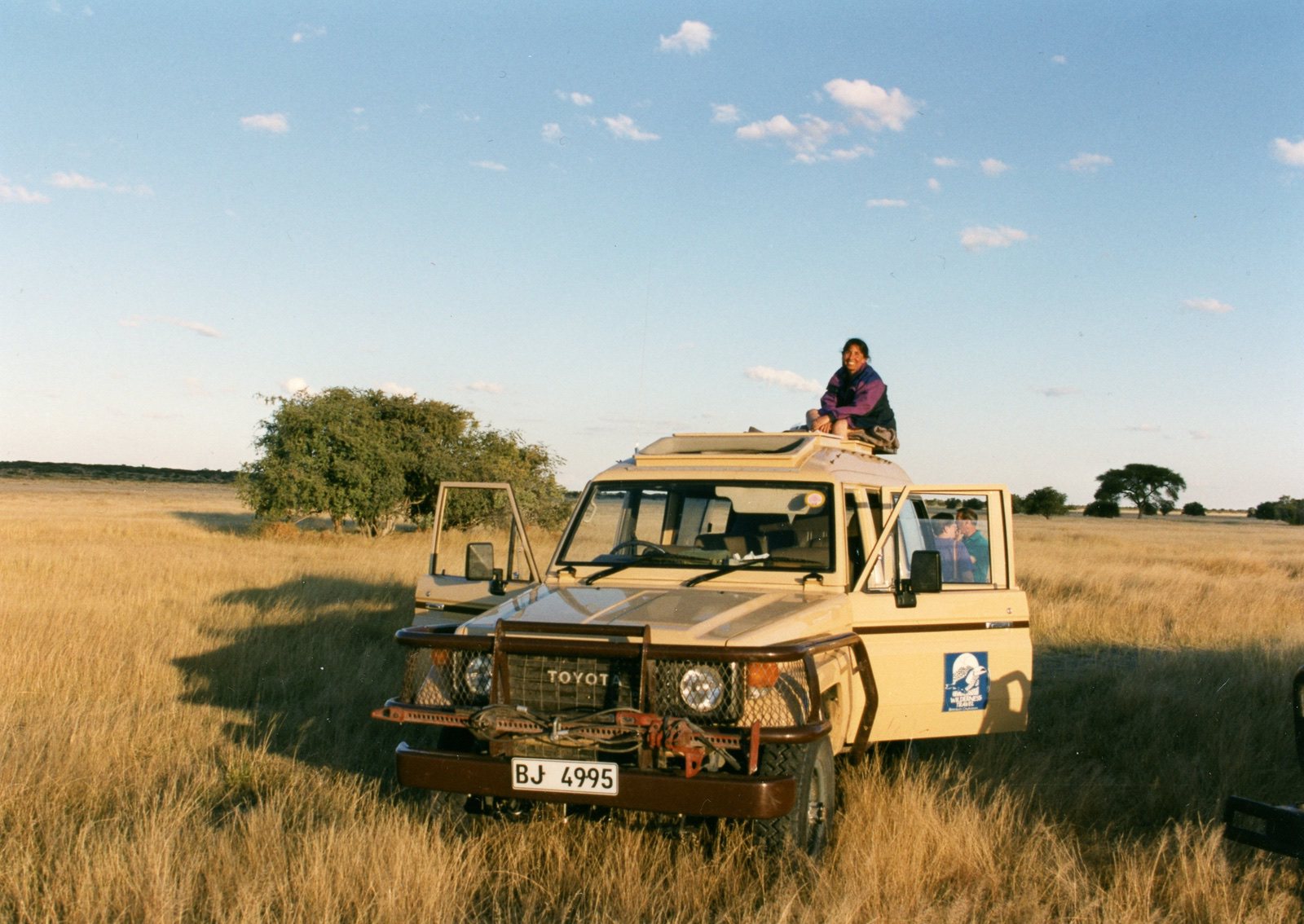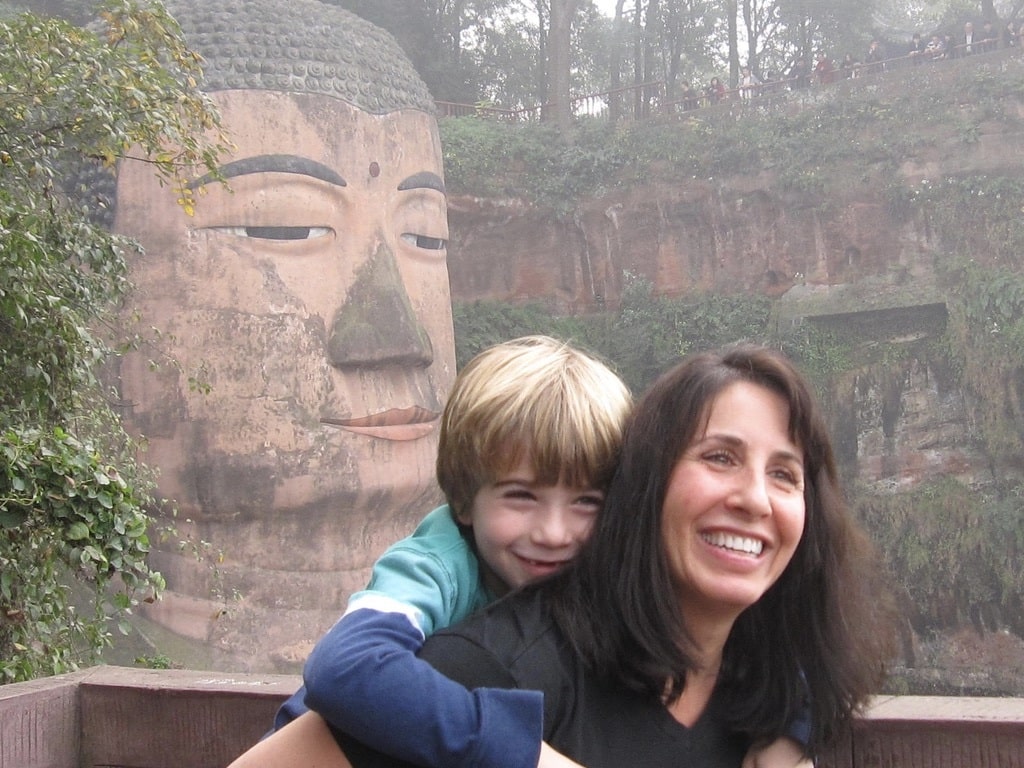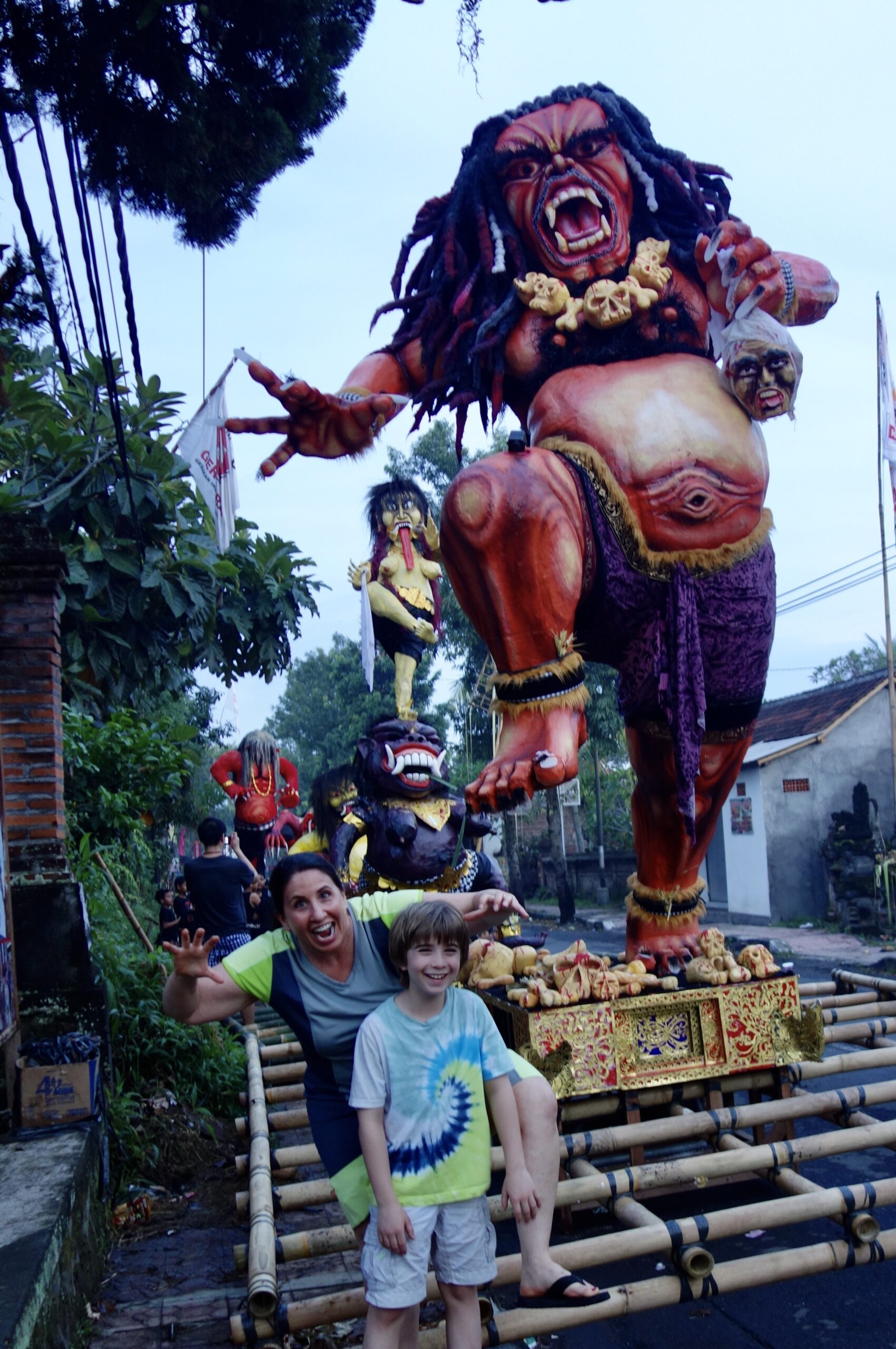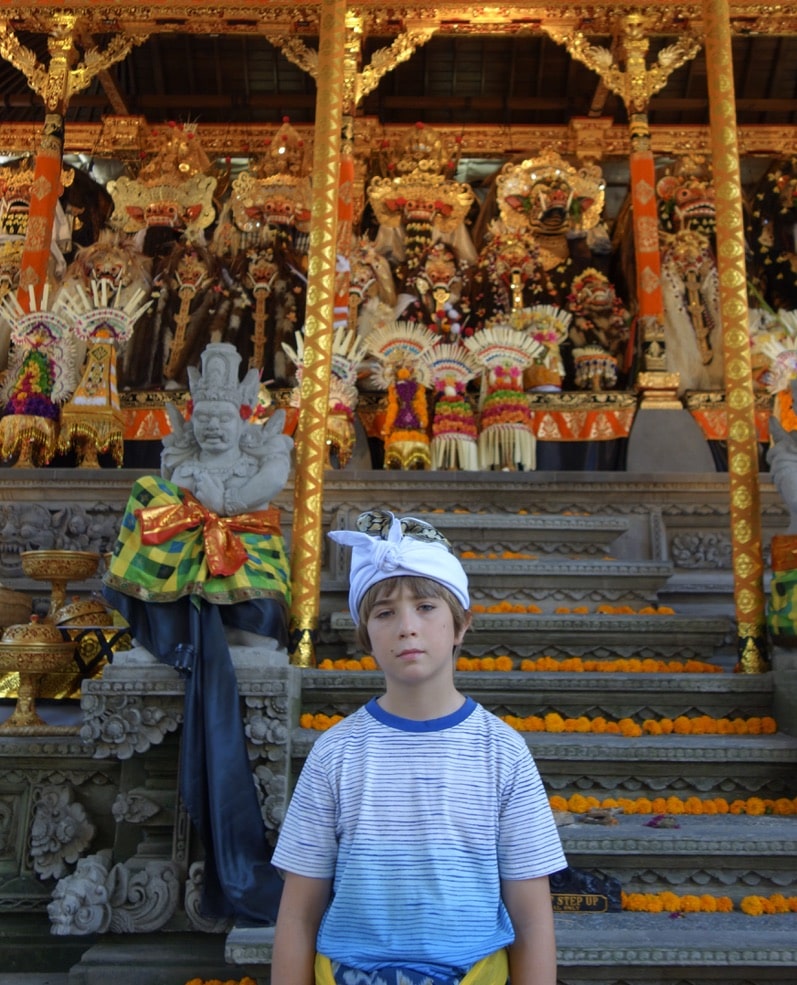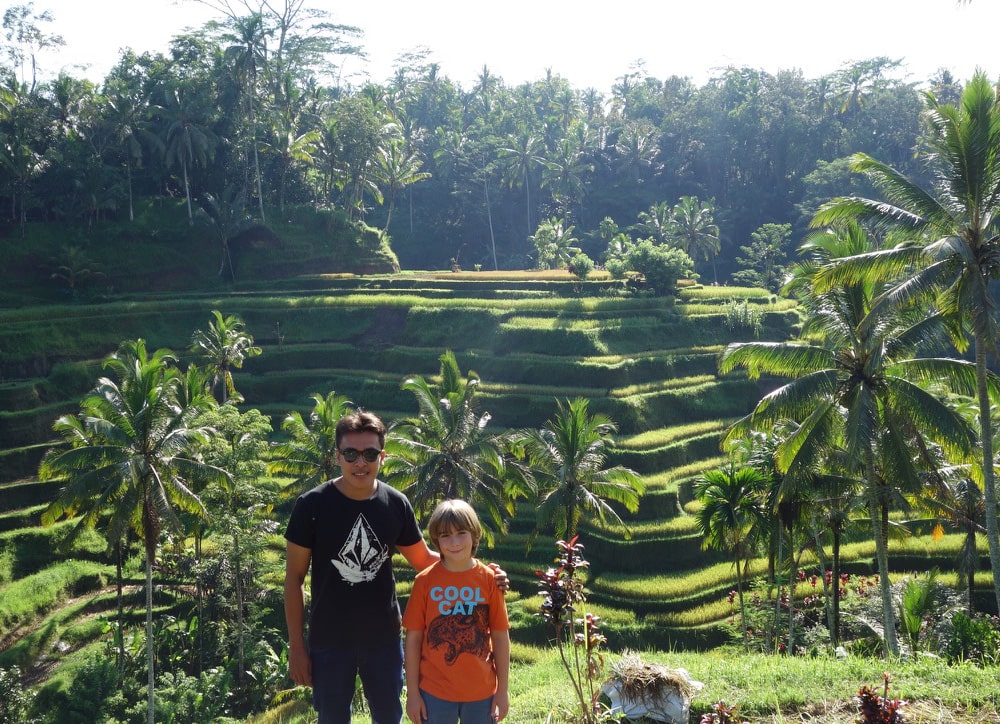The world is open again to international travelers, sort of, for now. At the moment, pursuant to a Presidential Proclamation, and subject to change tomorrow (or yesterday, depending on when you read this post), noncitizens who were in the following countries within 14 days are barred from entering the US: the Republic of Botswana, the Kingdom of Eswatini, the Kingdom of Lesotho, the Republic of Malawi, the Republic of Mozambique, the Republic of Namibia, the Republic of South Africa, and the Republic of Zimbabwe. Japan and Israel closed their borders to all international travelers, but they may be reopened by the time you read this, and other countries may have closed their borders. What is the point of this blog post with possibly out-of-date, inaccurate information? A reminder to research the constantly changing rules and advisories issued both by the country you want to visit and your home country.
The need to check and recheck multiple websites before international travel is not new or yet another change wrought by the COVID-19 pandemic. However, what is new is the need to check for all international travel, not just travel to countries previously deemed risky. In 2019, newlyweds hoping to honeymoon in Paris and families planning to bike in Provence probably would not have checked the US Department of State’s travel advisories for France. Now, if they click on the links below, they may be disappointed and concerned to see that France is at Level 4: Do Not Travel due to a very high level of COVID-19 in the country. Pre-COVID-19, I always checked for travel advisories before planning and departing on any international trip and have been surprised by what I found.
The most frightening change occurred just before we left for a vacation in Laos in March 2016. Before booking our flights and hotels, I had checked the relevant travel advisories—good to go. Then, just before departure, I checked again. A new travel alert had been issued. The alert provided: “The Department of State alerts US citizens to a series of recent shooting attacks along Road 13, a major thoroughfare connecting Luang Prabang to Vang Vieng, two of Laos’ most popular tourist destinations. The Embassy has prohibited official travel on Road 13 from Km 220 north of Kasi in Vientiane province to Km 270 at Phou Khoun junction in Luang Prabang province because of the unpredictable nature of the violence and the lack of official information regarding possible motives or a Lao government response.” Scary, were we still good to go?
The shootings were on Road 13 between Luang Prabang and Vang Vieng. We planned to visit Luang Prabang. I had considered going to Vang Vieng, too. It is in a gorgeous area deep in the Laos jungle, with limestone peaks, caves, lagoons, and forests, and has a developed tourist infrastructure that could be fun with kids—river tubing, waterslides, rope swings, and ziplines. But Vang Vieng had become too much fun for some people and had turned deadly. Bars popped up everywhere along the river. Tourists tubed drunk, getting drunker as they floated downstream. At least 27 tourists died in just one year, and countless more were injured, mostly from drinking while tubing or diving headfirst into rocks. Even though the Lao government had started cracking down on alcohol, drugs, and partying in Vang Vieng, I decided that a hedonistic jungle town was not ideal for families vacationing with two pre-teens and a kindergartener. I researched other options and identified Nong Khiaw on the Nam Ou river as a more child-friendly replacement.
So, we planned to drive from Luang Prabang to Nong Khiaw, not Vang Vieng. Would there be snipers on the road? According to Google Maps, we had to drive on Road 13, the road mentioned in the travel advisory. It is the only major road in the area. But Vong Vieng is south of Luang Prabang on Road 13, and Nong Khiaw is north of Luang Prabang on Road 13. Based on Google Maps, it did not appear we would drive on Road 13 in the area where the shootings occurred. But I was not certain. I needed more information. I called the US Embassy in Vientiane, Laos.
I easily reached a consular officer. He was glad to speak with me. Only 58,000 Americans visited Laos in 2016, compared to the millions who visited France that year. The officer did not need to research the issue. He knew the problem well. The snipers on Road 13 were part of a local land dispute, not part of a broader movement. The danger was significant but limited to a specific area of the road. Snipers were not a risk on Road 13 between Luang Prabang and Nong Khiaw. However, he did warn me about what he perceived as a more serious danger, the poor quality of the roads, the old cars without safety features, and the untrained drivers. Driving in Laos was not safe, but the danger was not from snipers.
My friends and I considered the new travel advisory and the information I had learned from the Embassy in Laos. We decided to go. We lived in Southeast Asia (in Bali) and were used to bad roads, old cars, and iffy drivers. Other families might have had a different risk calculus and not traveled to Laos, but we made an informed decision that we were comfortable with for ourselves and our children. On our second day in Luang Prabang, we ran into other friends from Bali also traveling in Laos with their children for spring break and then saw them again the next day when we visited the impressive Kuang Si waterfalls. The turquoise water in the tiered pools of Kuang Si was surprisingly cold, and I only went in and out quickly. The cold did not stop the kids. They took turns doing frontflips, backflips, and cannonballs off a tree limb into the pool below—possibly more dangerous than the risk in the travel advisory that caused us to reconsider the trip.
Travel is not risk-free. You need to decide if the benefits are worth the risk. Checking sites like those I link to below will help you make informed decisions and travel with confidence.
Before you go, check the US Department of State travel advisories for the country you plan to visit:
https://travel.state.gov/content/travel/en/traveladvisories/traveladvisories.html
Check the US Department of State’s COVID-19 country-specific information:
Check US COVID-19 rules for travelers and country-specific COVID-19 updates:
Check the CDC’s website for the latest on COVID-19 travel recommendations by destination:
https://www.cdc.gov/coronavirus/2019-ncov/travelers/map-and-travel-notices.html
When Laos reopens to international tourists:
I would spend more than 36 hours in Luang Prabang, but here is the New York Times’ guide to 36 hours there:
https://www.nytimes.com/interactive/2015/11/12/travel/100000004033692.app.html
In Luang Prabang, we stayed at the Mekong Riverview Hotel and enjoyed the delicious breakasts served riverside:
https://www.mekongriverview.com/
In Nong Khiaw, we stayed at the Mandala Ou, with quirky riverside rooms, a pool to cool down, and a restaurant.
In Nong Khiaw, we loved the 100 Waterfalls Adventure Trek with Tiger Trail:
